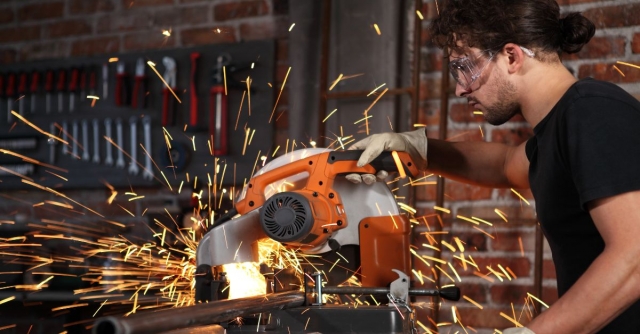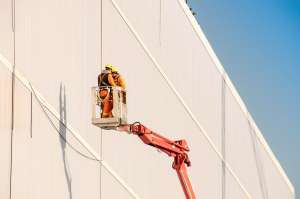Safety is at the forefront of any successful metalworking operation. Whether you’re a seasoned professional or new to the craft, understanding and prioritizing safety is critical to protecting colleagues, equipment, and project timelines. Continue reading to explore why safety should be your top priority in metalworking.
Physical Injuries
Metalworking involves heavy machinery, sharp tools, and extreme heat, all of which can pose serious physical risks if not handled properly. From cuts and burns to severe hand or eye injuries, the potential hazards are significant. For instance, a momentary lapse in attention while operating a cutting tool could lead to painful and costly accidents.
Taking proactive measures, such as staying focused and following safety protocols, greatly reduces these risks. Staying physically safe is not just about avoiding accidents—it also keeps productivity on track and morale high.
Toxic Fumes and Particles
The process of working with metals can release harmful fumes, smoke, and microscopic particles into the air. For example, welding operations often emit toxic gases that can lead to respiratory problems over time. Prolonged exposure to these substances can contribute to serious health issues, including chronic lung conditions.
Investing in proper ventilation systems and using personal protective equipment, such as respirators, can help keep the workspace safe and breathable for everyone. These precautions are key to fostering a healthier, safer work environment for metalworking professionals.
Use Proper Safety Equipment
Having the right safety equipment on hand is critical in any metalworking setting. High-quality gloves, heat-resistant aprons, and safety goggles play a significant role in preventing injuries. For instance, whether effectively cutting stainless steel or welding aluminum, safety boots with reinforced toes protect against falling objects, while gloves provide a solid grip and shield from potential burns. The right gear helps you perform tasks securely without compromising efficiency, ensuring you maintain control and precision in your work.
A Clean Workspace Prevents Accidents
A clean and organized workspace increases safety and reduces the likelihood of incidents. Clutter or improperly stored tools can lead to tripping hazards or tool mishandling during complex tasks. Simple steps make the environment more functional and less prone to accidents.
Take time to clean up after yourself and put tools back where they go after each work session It’s easier to focus on your craft and deliver quality results when you’re operating in a safe, clutter-free area.
Regular Training Saves Lives
Ongoing safety training and certifications help maintain a culture of responsibility. Updating industry best practices helps workers adapt to new tools, policies, and safety measures. For example, refresher courses in handling machinery or correctly disposing of waste materials build confidence and competence. Regular training ensures that new and experienced workers are well-equipped to handle everyday challenges safely and precisely.
Safety in metalworkingis vital for protecting yourself, achieving consistency in performance, and fostering a healthy environment. From wearing proper safety gear to maintaining a clean workspace, small actions can go a long way in preventing accidents. You set the stage for smoother operations and better results by prioritizing safety. Start taking safety more seriously today, and help create a workspace where productivity and well-being thrive side by side.






